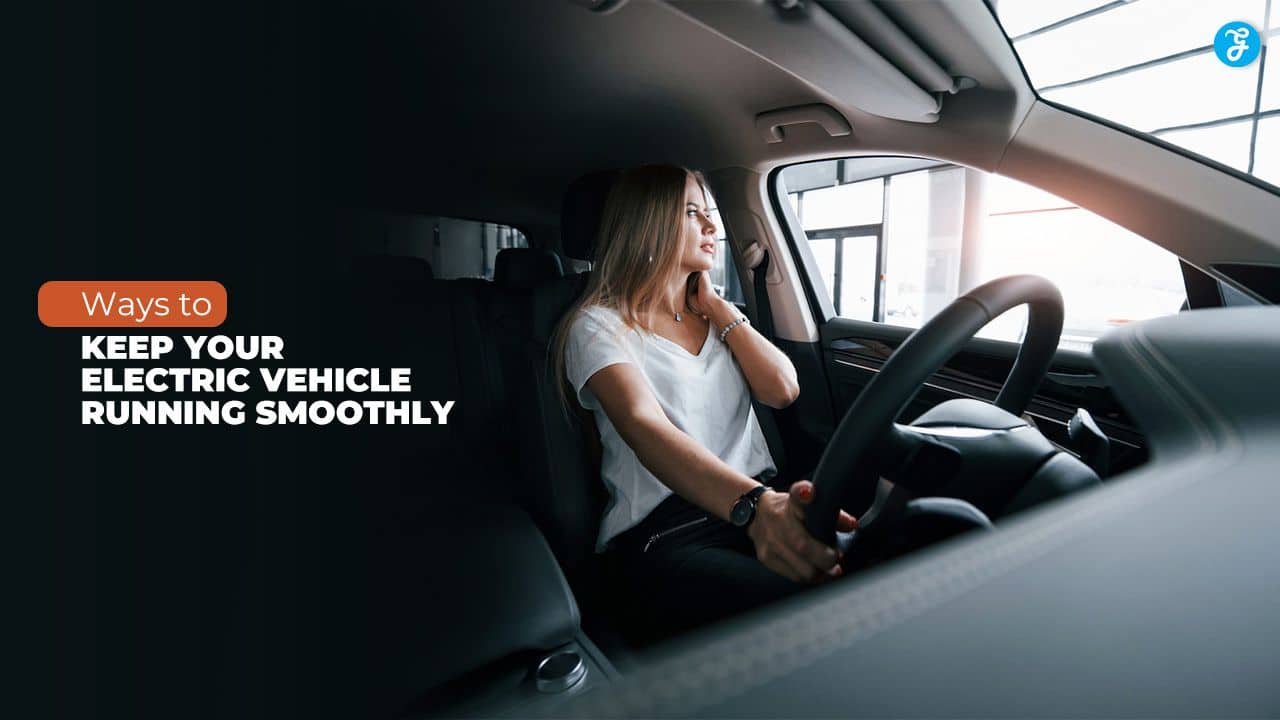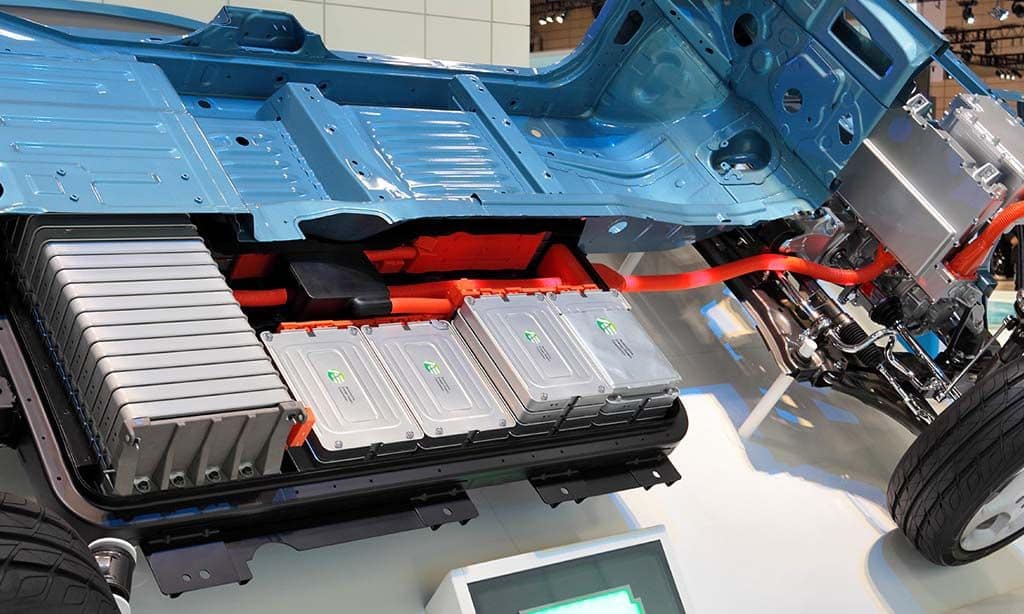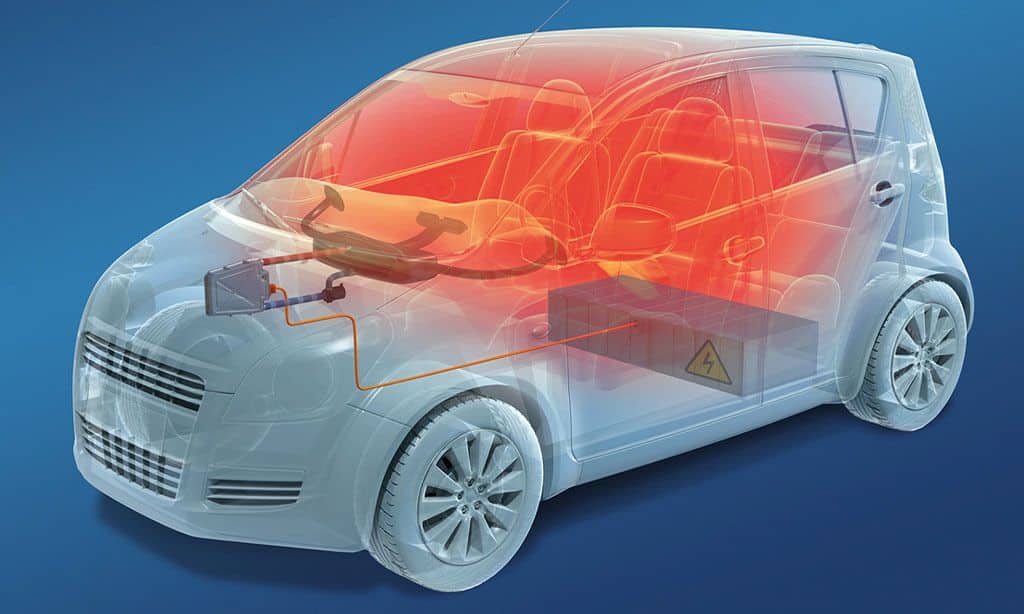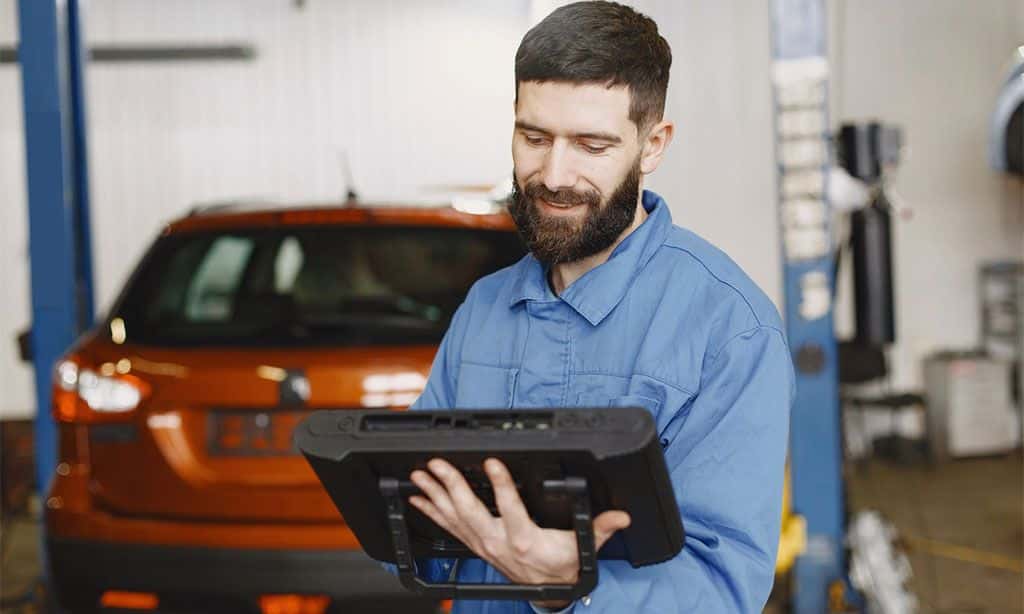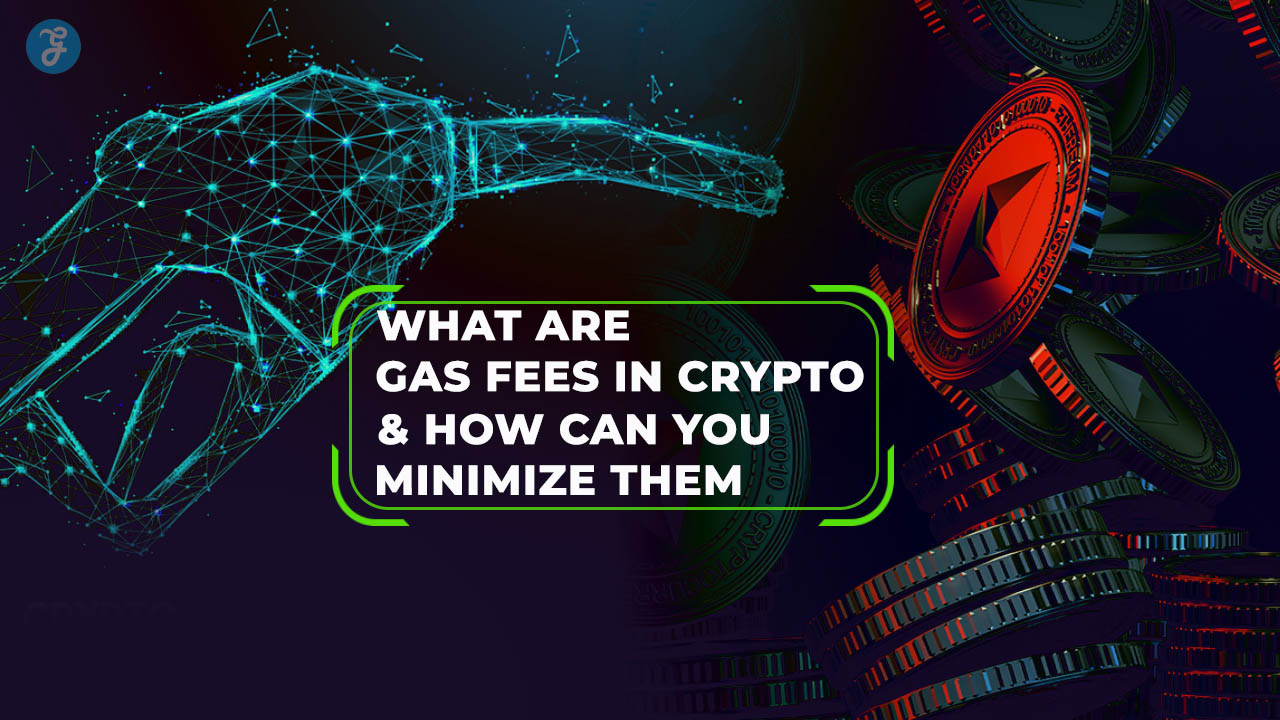Are you one of the millions of proud electric vehicle owners? Or maybe you’re thinking about making the switch to an EV? Here’s some good news: maintaining an electric vehicle is actually simpler than taking care of a traditional gas-powered car. But that doesn’t mean EVs are maintenance-free! Just like any valuable investment, your electric vehicle needs proper care to keep running at its best.
In this easy-to-follow guide, we’ll walk through everything you need to know about keeping your EV in top shape. Whether you’re a new owner or a seasoned EV enthusiast, you’ll find practical tips and real-world advice that can save you money and extend your car’s life.
EV vs. Traditional Car Maintenance Costs
| Maintenance Item | Electric Vehicle | Gas Vehicle | Annual Savings |
|---|---|---|---|
| Oil Changes | $0 | $120-240 | $120-240 |
| Brake Service | $100-200 every 2-3 years | $200-400 yearly | $100-300 |
| Transmission | $0 | $150-200 yearly | $150-200 |
| Engine Tune-up | $0 | $300-800 yearly | $300-800 |
| Battery Care | $0-100 yearly | $150-300 every 3-4 years | Varies |
| Charging/Fuel | $30-60 monthly* | $150-200 monthly | $90-140 |
| *Based on average home electricity rates of $0.14/kWh |
1. Master Your EV’s Battery Care (The Heart of Your Vehicle)
Think of your EV’s battery as your car’s heart. Just like you wouldn’t want your heart working too hard or too little, your battery needs the right balance of use and rest.
Daily Battery Care Tips:
- Sweet Spot Charging: Keep your charge between 20% and 80%
- Why? This “Goldilocks zone” reduces battery stress and can extend life by up to 15%
- Real-world tip: Set your home charger to stop at 80%
Temperature Management:
- Hot weather (above 95°F):
- Park in shade or garage
- Use pre-conditioning while plugged in
- Avoid charging during peak heat
- Cold weather (below 20°F):
- Store in garage when possible
- Pre-heat while connected to charger
- Expect 10-30% temporary range reduction
2. Smart Tire Maintenance (Your Connection to the Road)
Did you know? EVs are typically 20-30% heavier than gas cars due to battery weight. This makes proper tire care even more crucial.
Essential Tire Care Checklist:
- Monthly pressure check (use morning readings)
- Rotation every 6,000-8,000 miles
- Alignment check twice yearly
- Visual inspection for wear patterns
Pro Tip: The Penny Test
Place a penny in your tire tread with Lincoln’s head upside down. If you can see all of Lincoln’s head, it’s time for new tires!
3. Stay Updated (Your Car’s Brain)
Modern EVs are computers on wheels. Regular software updates can:
- Improve range (Tesla owners have seen up to 5% improvements)
- Enhance charging speed
- Add new features
- Fix bugs and security issues
Update Schedule:
- Check for updates weekly
- Plan for 30-60 minutes of download/install time
- Connect to strong Wi-Fi when possible
- Keep track of changes in a log
4. Brake System Care (Even Though You Rarely Use Them)
Thanks to regenerative braking, your physical brakes get less wear. But less use doesn’t mean no maintenance!
Annual Brake Maintenance:
- Visual inspection of rotors and pads
- Brake fluid check and top-off
- Test pedal feel and responsiveness
- Clean brake components to prevent rust
Did You Know?
EVs typically use their physical brakes only 20% as much as gas cars, but brake fluid still needs regular checking due to moisture absorption.
5. Cooling System Maintenance (Your Battery’s Best Friend)
Unlike gas vehicles, your EV’s cooling system protects sensitive electronic components and keeps your battery at its optimal temperature.
Regular Cooling System Checks:
- Monthly visual inspection for:
- Coolant level (when cold)
- Leaks around connections
- Radiator cleanliness
- Hose condition
- Annual professional inspection
- Coolant replacement every 4-5 years
Temperature Management Tips:
- Monitor coolant temperature in your EV’s display
- Listen for cooling fans during charging
- Watch for temperature warnings
- Use pre-conditioning in extreme weather
Warning Signs to Watch:
- Decreased range in warm weather
- Battery charging taking longer than usual
- Temperature warnings on dashboard
- Unusual noises from cooling system
6. Cabin Climate System Care (Comfort Meets Efficiency)
Your EV’s climate system affects both comfort and range. A well-maintained system can improve your range by up to 10%!
Maintenance Schedule:
- Monthly:
- Clean air vents with compressed air
- Check for unusual odors
- Test all fan speeds
- Every 2-3 years:
- Replace cabin air filter
- Clean evaporator
- Inspect seals and ducts
Energy-Saving Climate Tips:
- Use seat heaters instead of cabin heat when possible (uses 3-10% less energy)
- Pre-condition while plugged in
- Use “Eco” climate settings for longer range
- Keep windows clean to prevent fogging
7. Suspension System Monitoring (Supporting Extra Weight)
EVs are heavier than gas cars, making suspension maintenance crucial for comfort and safety.
Key Inspection Points:
- Every 3 months:
- Listen for unusual noises
- Check ride height at all corners
- Inspect tire wear patterns
- Annually:
- Professional inspection of:
- Shock absorbers/struts
- Springs
- Control arms
- Bushings
- Ball joints
- Professional inspection of:
Signs of Suspension Issues:
- Uneven tire wear
- Car leaning to one side
- Bouncing after bumps
- Nose-diving during braking
Pro Tip:
Many EVs have adjustable air suspension. Check the settings monthly and ensure it’s leveling properly when parked.
8. Smart Charging Habits (Maximize Battery Life)
Proper charging habits can extend your battery’s life by up to 25%. Here’s your complete charging guide:
Daily Charging Best Practices:
- Home Charging (Level 2):
- Set charge limit to 80%
- Schedule charging for off-peak hours
- Use manufacturer-recommended equipment
- Keep charging port clean and dry
Fast Charging Guidelines:
- Limit DC fast charging to:
- Long trips
- Emergency situations
- No more than 2-3 times per month
- Best practices:
- Let battery cool before charging
- Don’t charge beyond 80% on DC fast chargers
- Avoid multiple fast charges in one day
Charging Speed Guide:
| Charging Type | Speed | Best Use Case | Impact on Battery |
|---|---|---|---|
| Level 1 (120V) | 3-5 miles/hour | Overnight at home | Minimal wear |
| Level 2 (240V) | 25-35 miles/hour | Daily charging | Low wear |
| DC Fast | 150-200 miles/30 min | Long trips | Higher wear |
Seasonal Charging Tips:
- Summer:
- Charge during cooler hours
- Use covered/shaded charging stations
- Monitor charging temperature
- Winter:
- Pre-heat while plugged in
- Expect longer charging times
- Keep battery above 20% charge
- Use scheduled departure feature
Smart Charging Equipment Care:
- Monthly inspection of:
- Charging cable condition
- Connector cleanliness
- Wall mount security
- Warning lights/indicators
- Yearly professional inspection of:
- Home charging installation
- Ground fault protection
- Circuit breaker function
- Wire connections
9. Protection Inside and Out
Your EV’s value isn’t just in its mechanics – appearance matters too!
Exterior Care Guide:
- Monthly wash schedule:
- Week 1: Basic wash
- Week 2: Wheel cleaning
- Week 3: Basic wash
- Week 4: Deep clean with wax
- Clean charging port weekly
- Apply ceramic coating annually
- Regular underbody wash (especially in winter)
Interior Maintenance:
- Weekly quick vacuum
- Monthly deep clean
- Quarterly leather/vinyl treatment
- Semi-annual air vent cleaning
10. Track Everything (Your Car’s Health History)
Create a digital maintenance diary including:
- Service dates and details
- Energy consumption trends
- Software update history
- Battery performance data
Free Apps for Tracking:
- EvStats
- TeslaFi (for Tesla owners)
- Optiwatt
- MyEV Partner
Takeaway: Your EV Care Journey
Maintaining an electric vehicle isn’t just about keeping it running – it’s about maximizing your investment and enjoying the future of transportation. By following these guidelines, you’re not just maintaining a car; you’re preserving a piece of automotive evolution while saving money and helping the environment.
Remember: Every minute spent on maintenance saves hours of potential repairs and hundreds in potential costs. Keep this guide handy, follow its recommendations, and enjoy the smooth, quiet, and efficient ride that only a well-maintained EV can provide.


